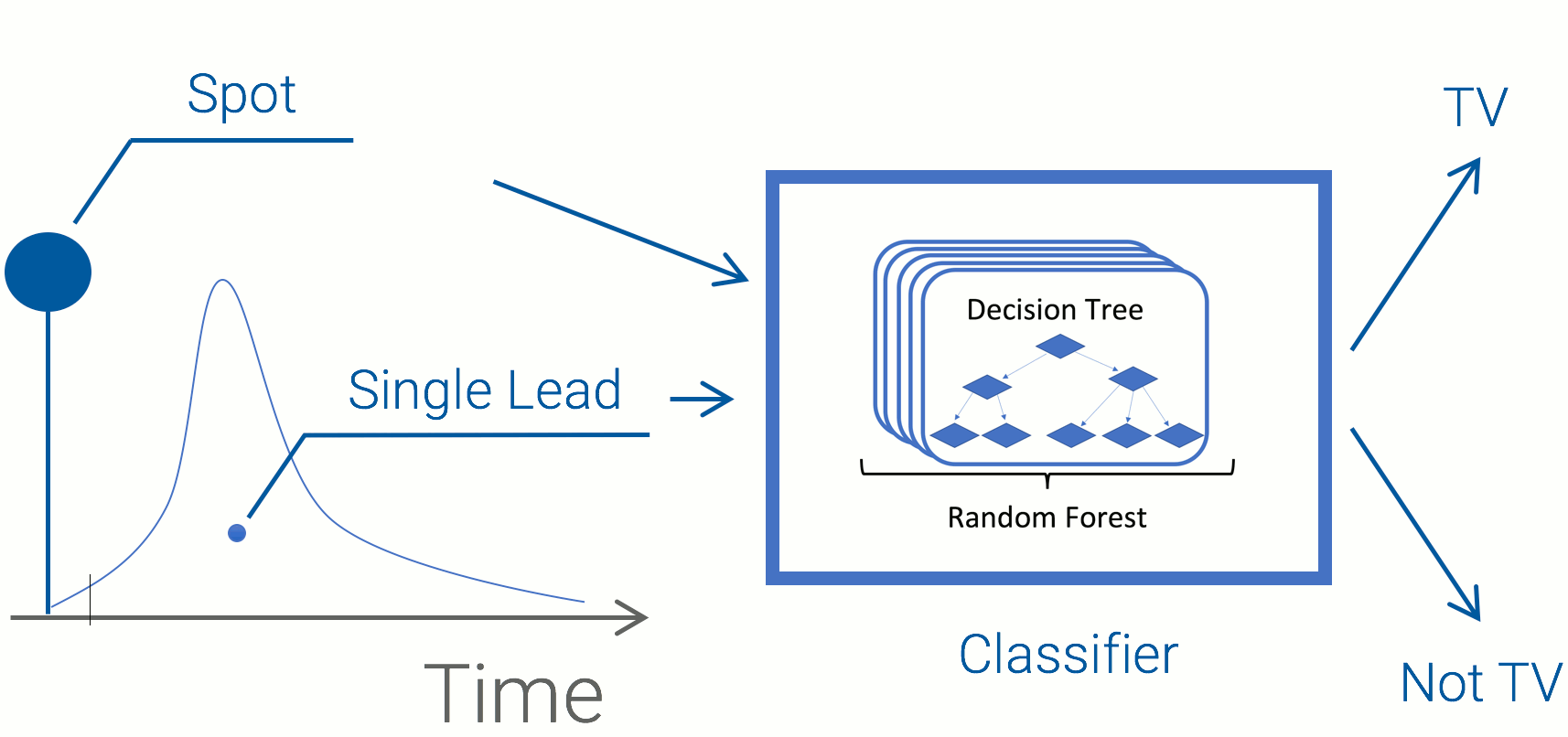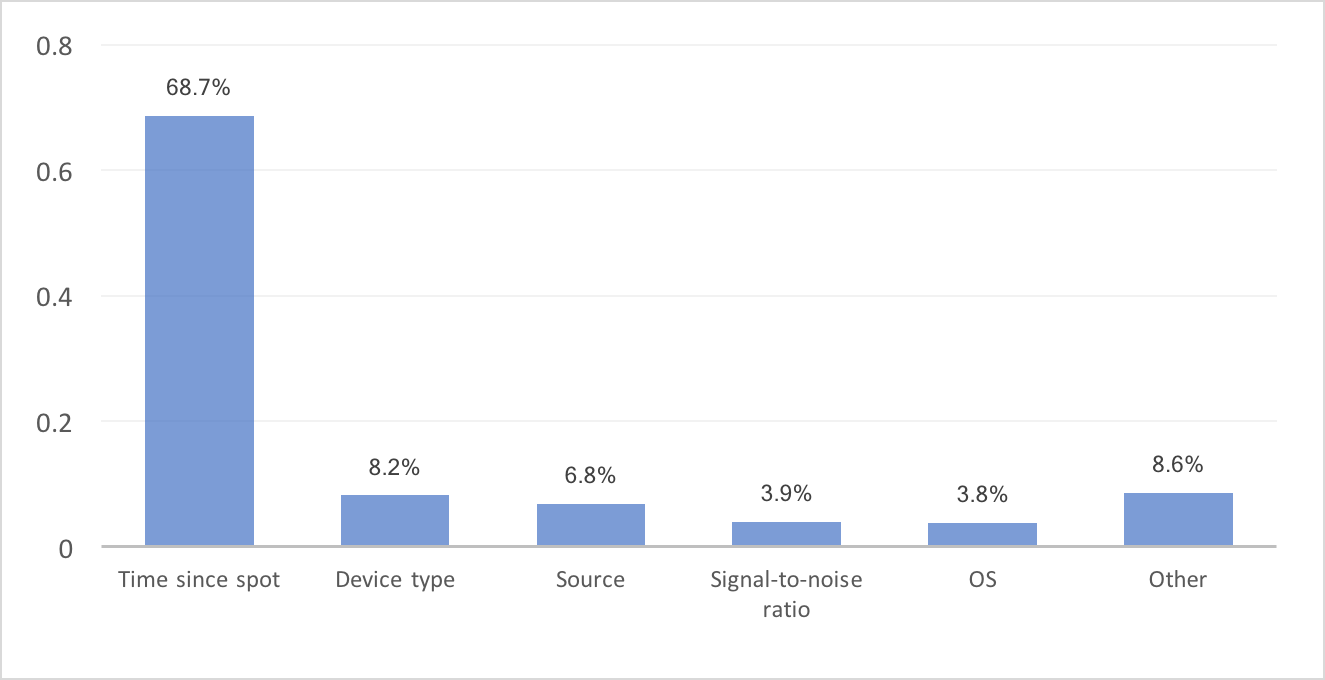Watchfinder Case Study

How can we identify leads coming from TV to understand the processes leading to a sale?
The Problem
Watchfinder, one of the premier retailers specialising in premium watches, wanted to optimise their ad spending. As their products are high-value and can be seen as an investment, there generally isn’t an instant conversion. A customer will often have several engagements over different channels before deciding to buy. This makes attribution of sales a challenge as the spot prompting the first visit might be crucial in driving sales but cannot be easily linked to that sale. A way to identify individual visits generated by TV is needed so that a sale can be traced back to the first engagement.
The Solution
Watchfinder contacted Adalyser to see whether there is a way to identify individual leads as coming from TV. At Adalyser we are working with machine learning to bring new insights to our clients alongside our tried and tested analytic models.
Machine learning is the approach of letting a computer “learn” by giving it data and the desired result and letting it find patterns in the data (link). We have a model that takes spot and lead information and tries to classify the lead as coming from TV or not.

A natural question is what information is most important for the correct classification of a lead. In our current model, the time since the spot aired is the most important. This is not surprising as there is a well defined time-window in which direct responses from TV occur and is also used in our standard attribution models. The device used is the second most important indicator, followed closely by the source of the lead (i.e. direct, organic search, etc). The signal-to-noise ratio measures the ratio between the number of leads before and after a spot and is correlated with the impact of the spot. Finally, the operating system (OS) also provides a measurable improvement in the prediction accuracy of the algorithm.

How accurate can this model classify leads? It depends on the strength of the response driven by the TV spot. For spots which drive little traffic, the number of mis-classification raises. For that reason, this model is only applied to spots with a clear response curve. In those cases the accuracy is greater than 80% and for the largest impact spots can be in excess of 90%.
Using this trained model on the Watchfinder data allowed us to identify a large number of leads that have come from TV.
The Result
Watchfinder is now able to trace sales back to their first contact and understand the life-cycle of a customer leading up to a sale. This enables Watchfinder to attribute the effect of advertisement accurately and optimise their ad spending.
Attributing what fraction of leads originated from TV has been the bread and butter of our analytics. For the first time we are now able to identify individual sessions that have come from TV and this opens up a range of possible analysis. Watchfinders analysis is but one example of many new possibilities.